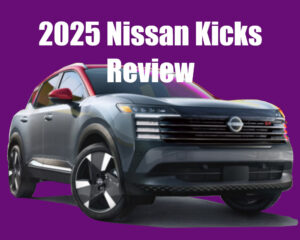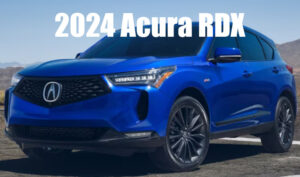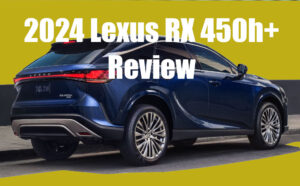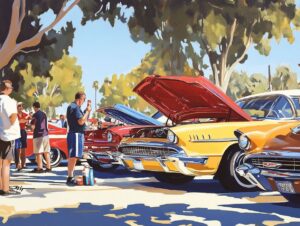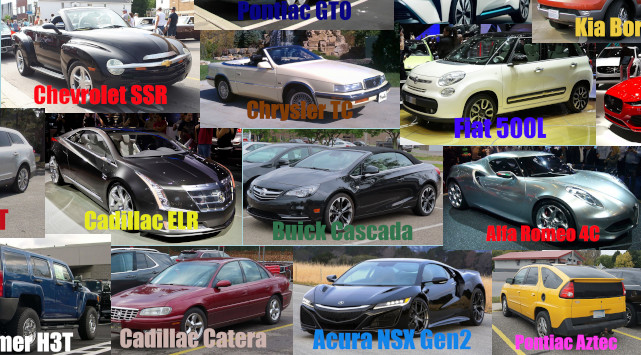
From innovative designs to disappointing sales numbers, not all cars meet the market’s expectations. Here, we expose 15 of the most disappointing production cars that badly flopped in sales across the U.S.
These Cars Were Utter Sales Failures!
Whether it be poor market timing, exorbitant pricing, or simply a lack of consumer interest, these 15 cars completely flopped in the sales department.
Acura NSX (2nd Gen)
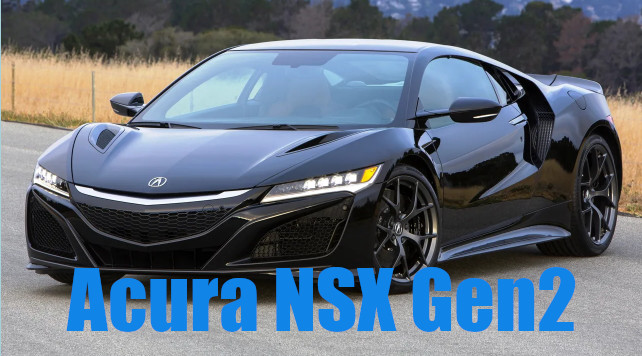
The revamped Acura NSX debuted in 2016 after a protracted development phase. Despite being a technological marvel with its complex hybrid powertrain and all-wheel-drive system, it underwhelmed potential buyers due to its high price and heavy curb weight. According to the sales numbers, only 1,510 units were sold with an additional 300 special edition Type S models brought the total to less than 2,000 by the end of its production in 2022.
“The second-generation Acura NSX never quite captured the essence of its predecessor,” said an industry expert.
Alfa Romeo 4C

Alfa Romeo’s 4C aimed to bring Italian exotica to an attainable level with a starting price of around $55,000. Launched for the 2015 model year, it featured advanced materials akin to its 8C sibling. However, its impractical nature made daily use difficult, leading to poor consumer reception and sales of just over 2,000 units.
Buick Cascada

Introduced in 2016, the Buick Cascada seemed poised for success with its convertible appeal. However, nearly 20,000 units sold over four years suggest otherwise. The car primarily found its niche as a rental rather than a consumer favorite, struggling to surpass 1,000 units in monthly sales more than just once.
Cadillac ELR

The Cadillac ELR, a luxurious relative of the Chevy Volt, faced significant hurdles from the start. Launched in 2013 with a hefty price tag of $75,000, it deterred buyers who could opt for a cheaper Volt instead. Despite a price reduction in 2016, it was too late; sales never picked up and only 2,958 units were sold before its discontinuation.
“The Cadillac ELR’s pricing strategy was a major misstep, costing the brand substantial market share,” according to market analysts.
Chevrolet SSR

The Chevrolet SSR, with its unique retro styling and convertible truck bed, seemed like an eye-catching novelty. However, its impracticality and high cost resulted in sluggish sales, with less than 25,000 units sold until its end in 2006. Dealers suffered from excessive inventory, halting production for a period.
Fiat 500L
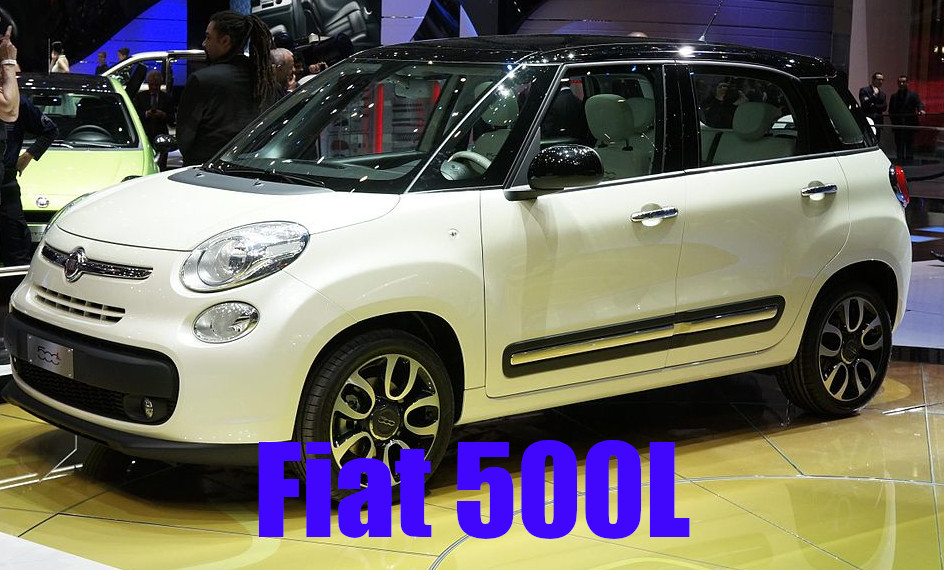
Fiat attempted to capitalize on the Mini Cooper’s success with the quirky 500L, introduced in 2013. But unlike the Mini, it failed to capture buyers’ hearts. Over seven years, the 500L barely managed to sell 5,692 units.
Hummer H3T

The Hummer H3T, launched during the Great Recession and GM’s bankruptcy, was destined for failure. With its peculiar five-cylinder engine and high price, sales never took off, and GM pulled the plug with only 5,680 units sold.
Hyundai Equus
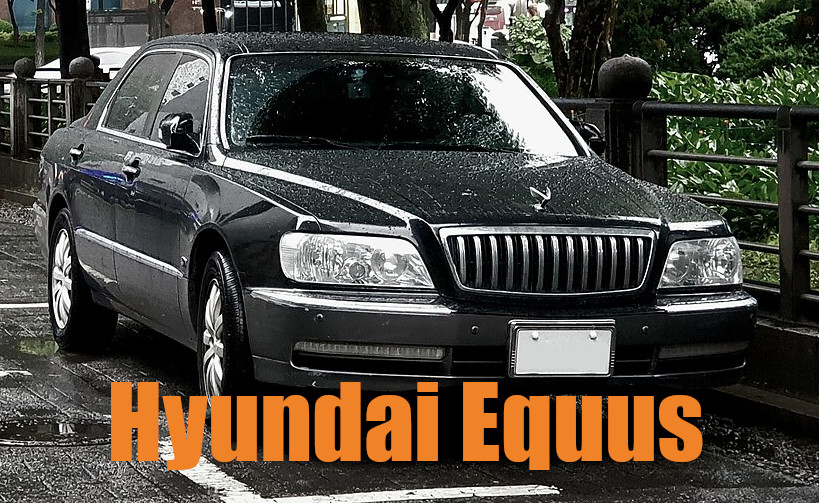
The Hyundai Equus marked the brand’s foray into luxury, rivaling established names like BMW and Lexus. Even with competitive pricing, the Equus sold only 18,154 units, indicating the market wasn’t ready for a high-end Korean sedan.
Jaguar XE
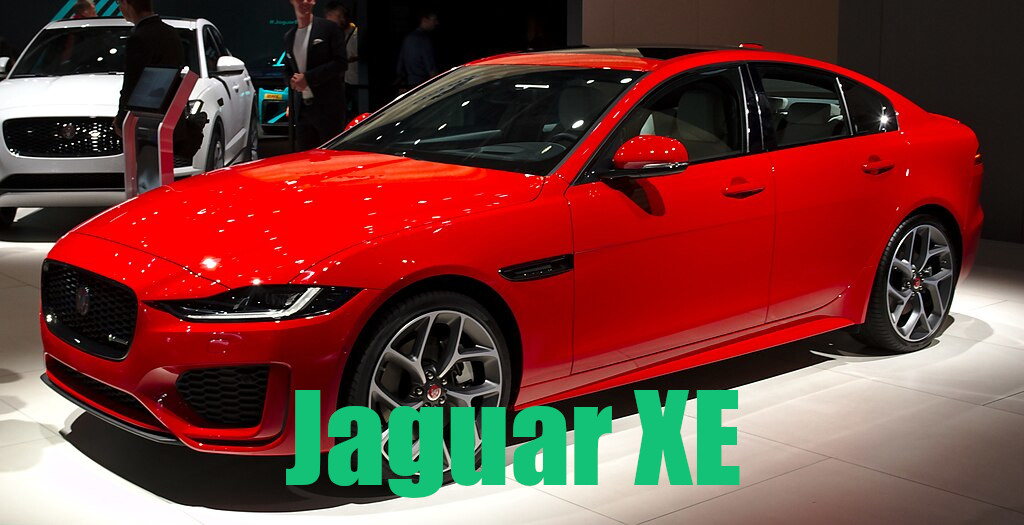
With sales of 20,487 units, the Jaguar XE entered a fiercely competitive market late. By the time it debuted in 2016, newer sedans like the Genesis G70 had already outclassed it, resulting in its phased-out status by 2021.
“Jaguar XE struggled to break into a market dominated by well-established players,” said auto reviewer Mike Caudill.
Kia Borrego
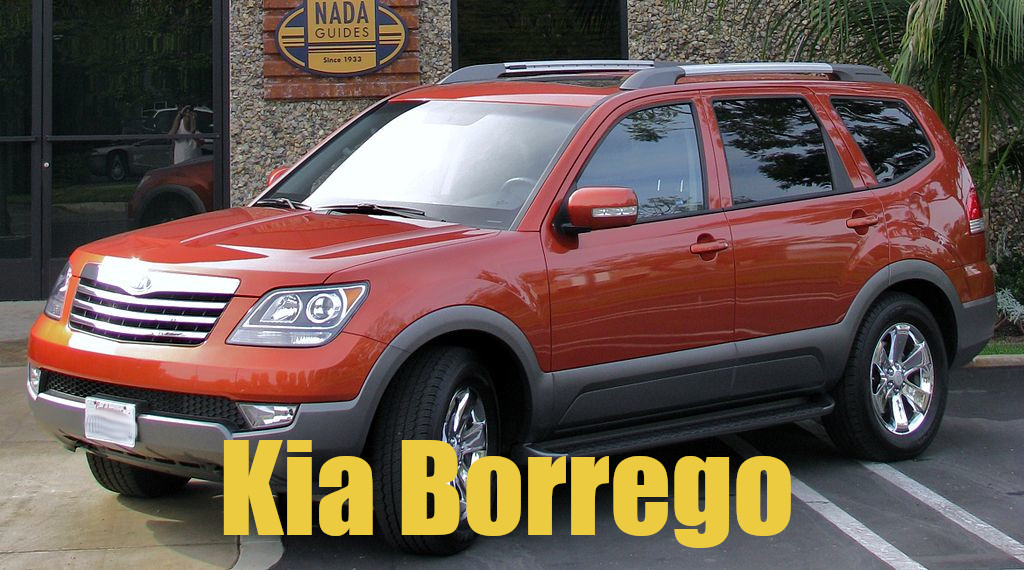
Launched during the 2009 recession, the Kia Borrego’s timing couldn’t have been worse. A large SUV with V6 and V8 options, it faced low demand due to high gas prices, leading to its discontinuation after selling just 9,510 units.
Lincoln MKT
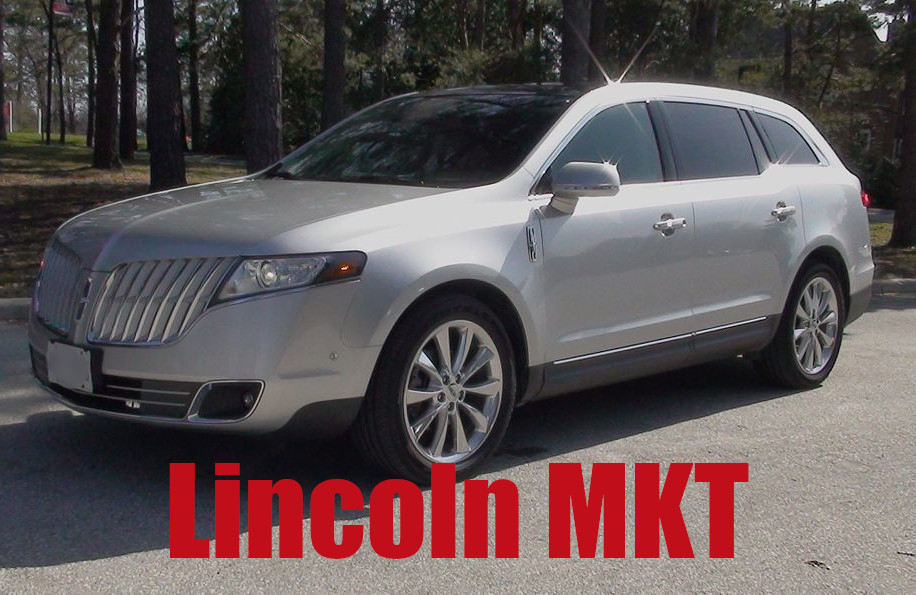
Lincoln’s attempt to provide a luxury crossover with the MKT didn’t resonate well with customers. Its unconventional styling and price led to slow-moving sales, totaling 50,718 over a nearly decade-long period.
Pontiac GTO
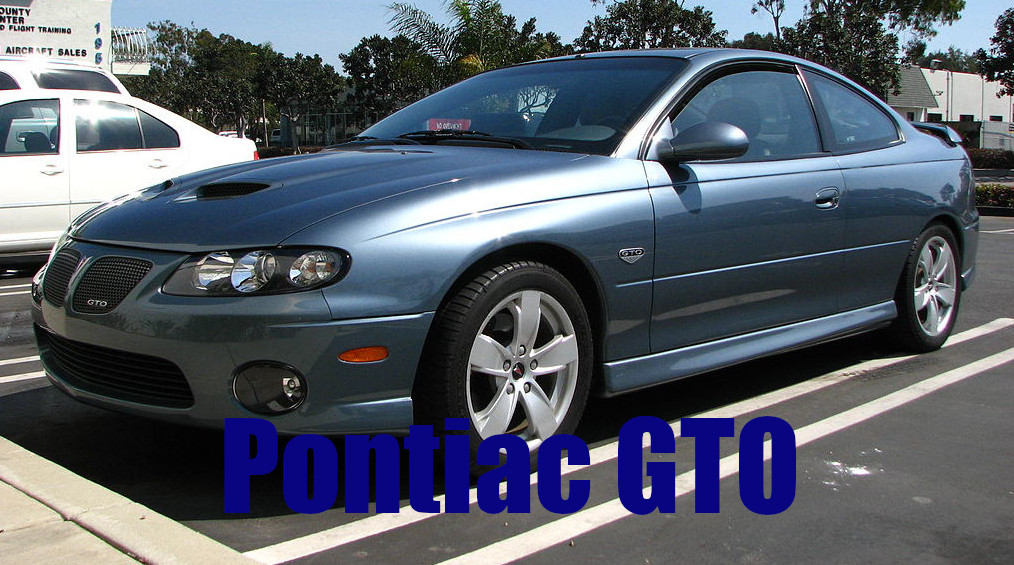
The revival of the Pontiac GTO in the early 2000s couldn’t live up to its muscle car legacy. Derived from the Holden Monaro, it sold 40,757 units over three years. Critics cited uninspired styling for its lackluster performance.
Chrysler TC by Maserati

The Chrysler TC by Maserati was an overambitious attempt to compete with luxury roadsters like the Mercedes SL. Each unit cost Chrysler $80,000 to make, but the car failed with only 7,300 sold, due to lackluster marketing and product execution.
Cadillac Catera

Marketed as “The Caddy That Zigs,” the Cadillac Catera was essentially an Opel Omega rebadged for the U.S. market. Despite selling 95,000 units in five years, its sales declined sharply after the first year, with 7,500 fewer units sold from 2000 to 2001.
Our Favorite Flop: The Pontiac Aztec
This stupendously grotesque vehicle requires no introduction. It speaks for itself!
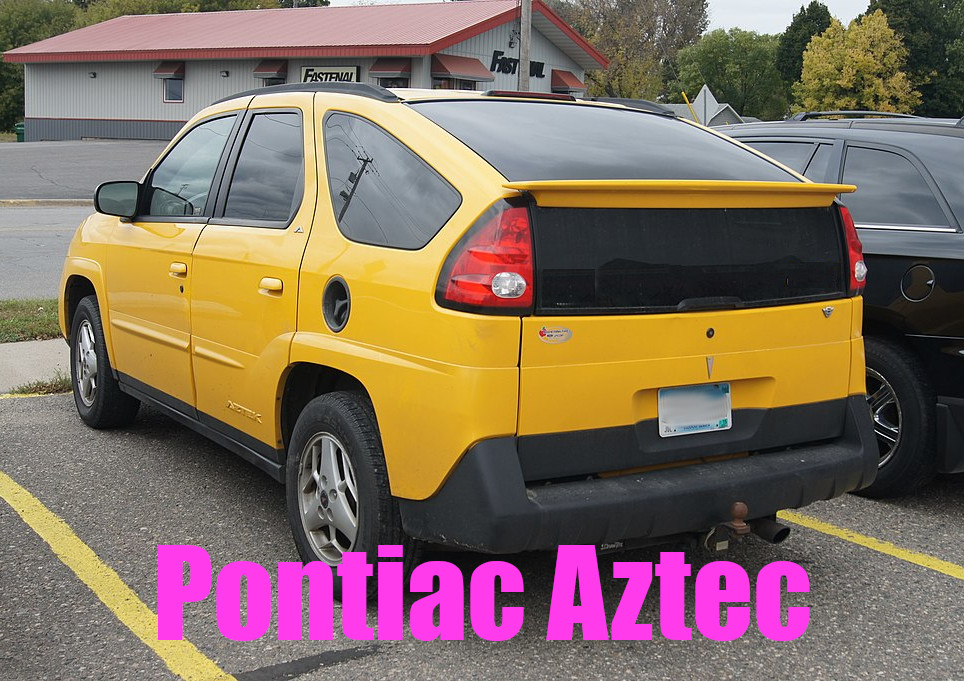
“The Aztek is the only car that I can remember that people would walk by and actually point and laugh at you when you were driving it,” remarked Jake Fisher, senior automotive engineer at Consumer Reports.
Infamous Flops from Automotive History
Besides the contemporary examples, history is replete with automotive failures that are remembered for distinct reasons. GM’s Edsel, Cadillac Cimarron and Ford Pinto are classic examples of cars that misjudged market demand, missed badly in the design studio, or compromised on reliability and safety.
From luxurious sedans to quirky coupes, these disappointing sales flops serve as cautionary tales for auto manufacturers. They underline the importance of understanding market dynamics, pricing strategies, and consumer preferences.
The AutoPros.online team is dedicated to bringing you high quality automotive content for professionals and car enthusiasts, with topics like auto detailing, performance modifiations, repairs and automotive news.
